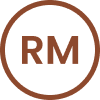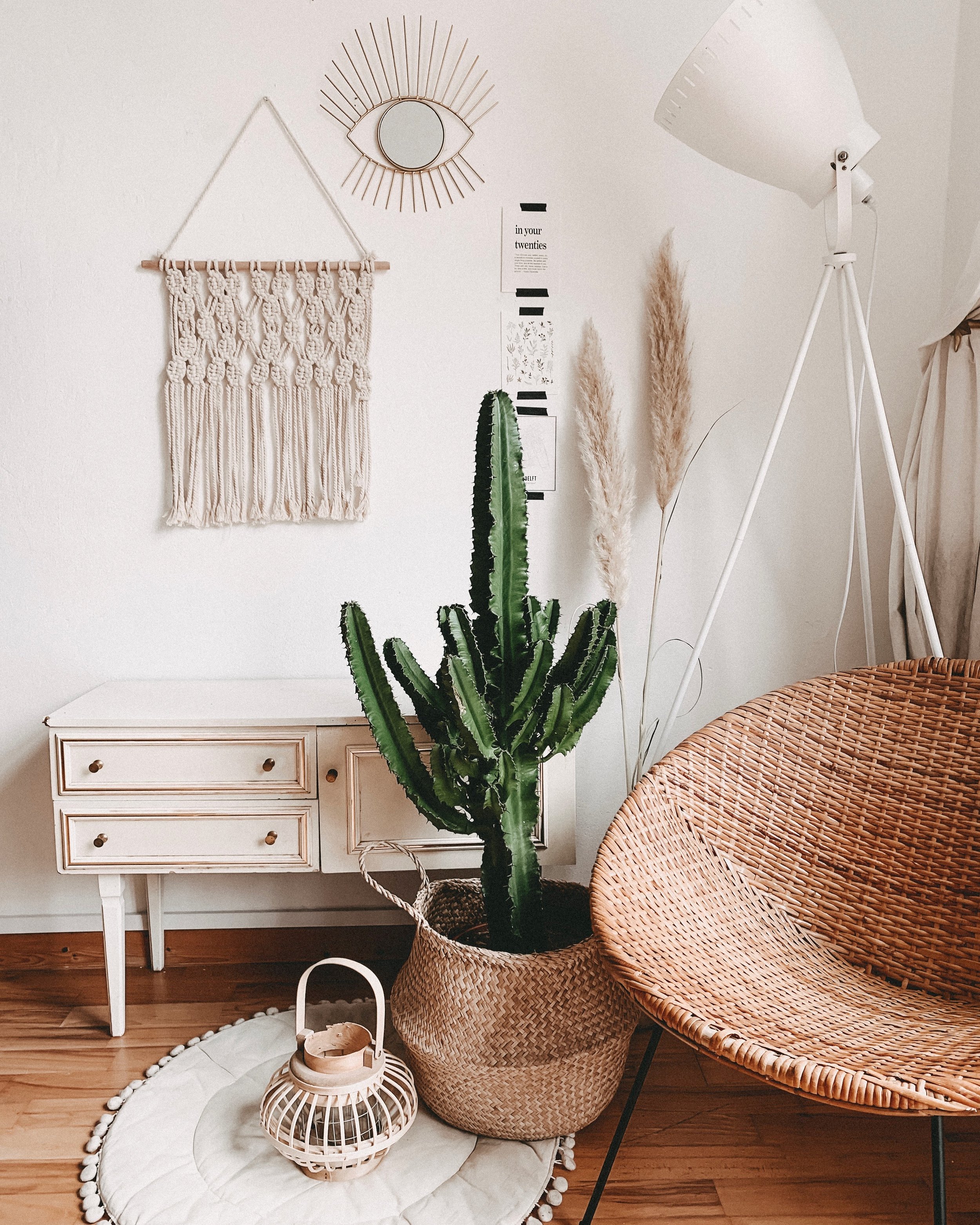Making it easier to find the right property
SEARCH FILTERS REDESIGN - REALESTATE.COM.AU, 2017
Finding your next rental property, or home purchase, is a personal exploration. We found that our search experience wasn’t meeting the needs of our users causing low satisfaction, and we wanted to fix it.
About the project
With a rebuild of the platform on the cards, we took the opportunity to revisit some existing functionality to see what could be improved as the engineering team rebuilt the product on a new tech stack.
I worked closely with our product manager to unpack our search experience, one of the top 3 topics of feedback from our users.
My role
As the sole experience designer, I lead the project through discovery to the final solution. Due to competing priorities, the delivery was put on hold for 12 months at which time I had been promoted to another team.
The team
Product, Design, Engineering
My responsibilities
Survey, Competitor analysis, Wireframes, Prototypes, Usability testing, Visual design
Duration
~3 months
RESEARCH & INSIGHTS
People have specific wants when it comes to property
Our consumer survey highlighted that people weren’t able to focus their search as much as they’d like. In fact, filtering was one of the top 3 pain points raised.
94
Survey responses
6.5/10
Ave. satisfaction score
People were telling us:
“I wish I could filter out student accommodation.”
“I specifically want a ground floor garden apartment.”
“It would be good to be able to filter by new developments.”
PRIORITISATION
We looked at how we could improve customer satisfaction
We had multiple opportunities
Add new filters
This would add new options for people to profile their search with. It wouldn’t be easy either as it would require working with third party systems. But would this be worth if people were having troubles with our existing filters?
Improve listing attribute quality
We were reliant on real estate agents to properly tag their properties for the filters to work. We found that if a few agents didn’t do this properly, it would affect trust in the functionality.
But focussed on
Improving the existing filters
It made sense to us that before we add new filters or try to affect real estate agents workflow, we should make sure that the functionality provided is working well for our users.
THE PROBLEM
How can we improve the discovery of existing search filters?
1. HEURISTICS REVIEW
We assessed the existing experience
We assessed the usability of the existing experience to identify opportunities for improvement in the experience. With digital experiences evolving, we knew our experience wasn’t taking advantage of more recent UI patterns and thinking.
What we learned
-
A reliance on labels means people won’t know what options to expect in a dropdown named “Eco Friendly”
-
People may think the filter they want doesn’t exist when it’s simply later in the menu.
-
With dropdown menus containing 30+ items, it made for a frustrating experience.
2. DATA ANALYSIS
We analysed how our filters were being used
What we learned
Some filters were popular
Swimming pool and Garage were used far more often than others, yet were buried or difficult to find.
Others weren’t used
Things like ‘Low Energy Usage’ simply weren’t criteria people had in mind when searching for a property, and were barely used.
Some were too specific
We provided 3 different types of air conditioning filters and found that many people would select all options at the same time.
3. COMPETITOR ANALYSIS
We inspected how others solved the problem
We looked to leading examples in real estate, such as Zillow and AirBNB, and at adjacent industries here in Australia such as CarSales and The ICONIC, to understand what people were familiar with.
4. PROTOTYPING
We prototyped a few ideas
Our signal to assess if we were addressing the problem was to see if people could filter their results faster than before. We created an interactive prototype that simulated the final product, and asked people to complete tasks that we could then compare against our existing experience.
5. USER TESTING
We measured the impact to common tasks
Participants were asked to complete 5 tasks. The tasks and the prototypes were swapped for each participant, making each test unique, and to find an average from the study.
And found something that worked
People completed the usability tasks 28.8% faster on average.
THE OUTCOME
We designed an experience that was faster to use and easier to comprehend
With a refined experience, we designed the UI using our recently built design system with a couple of key design decisions that improved the overall usability:
We made selecting filters easier
Swapping drop downs for buttons allowed our users to see all the options available to them, and select with fewer clicks.
We displayed commonly used filters
Using progressive disclosure to show filters that our analytics showed had higher usage, and hinted at more available for those that were more niche.
We simplified our list of filters
By grouping similar items under one filter, and removing filters that saw little to no usage, we were able to reduce our filters by almost 10%






On reflection
Most proud of
I feel our analysis of filter usage really uncovered some key insights that really shaped how we approached the filtering experience in our final solution.
What I would change
Unfortunately, when this piece of work was delivered, I had since taken on another role in a different part of the business. I would’ve loved to have measured the changes of this work to really understand if we made the impact we wanted.













